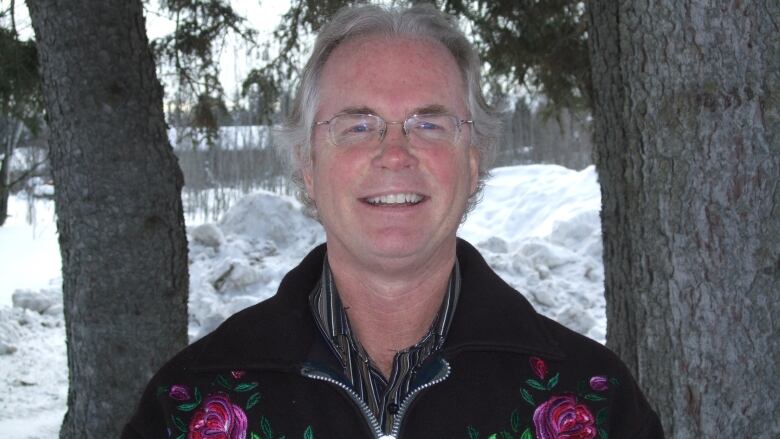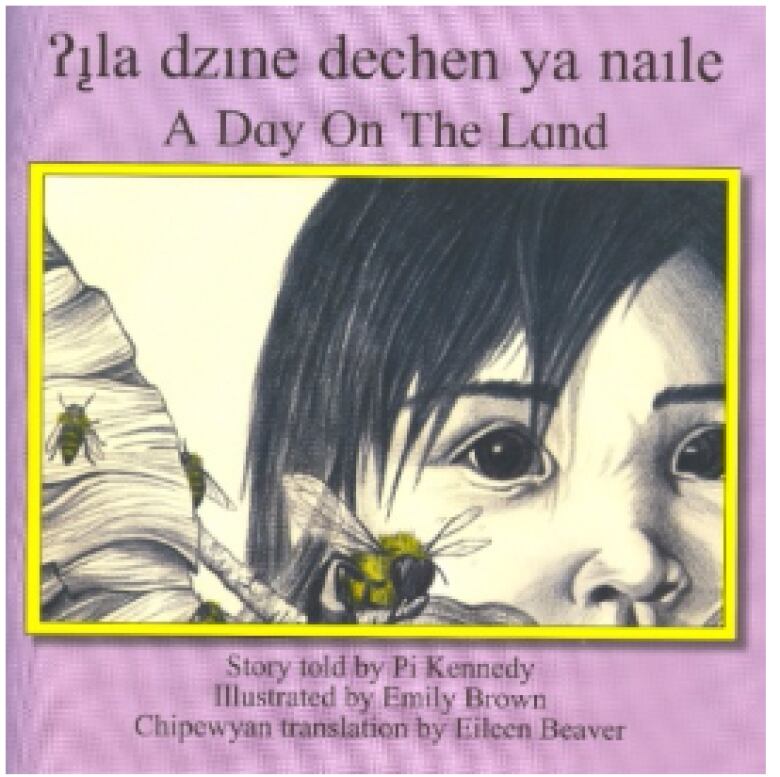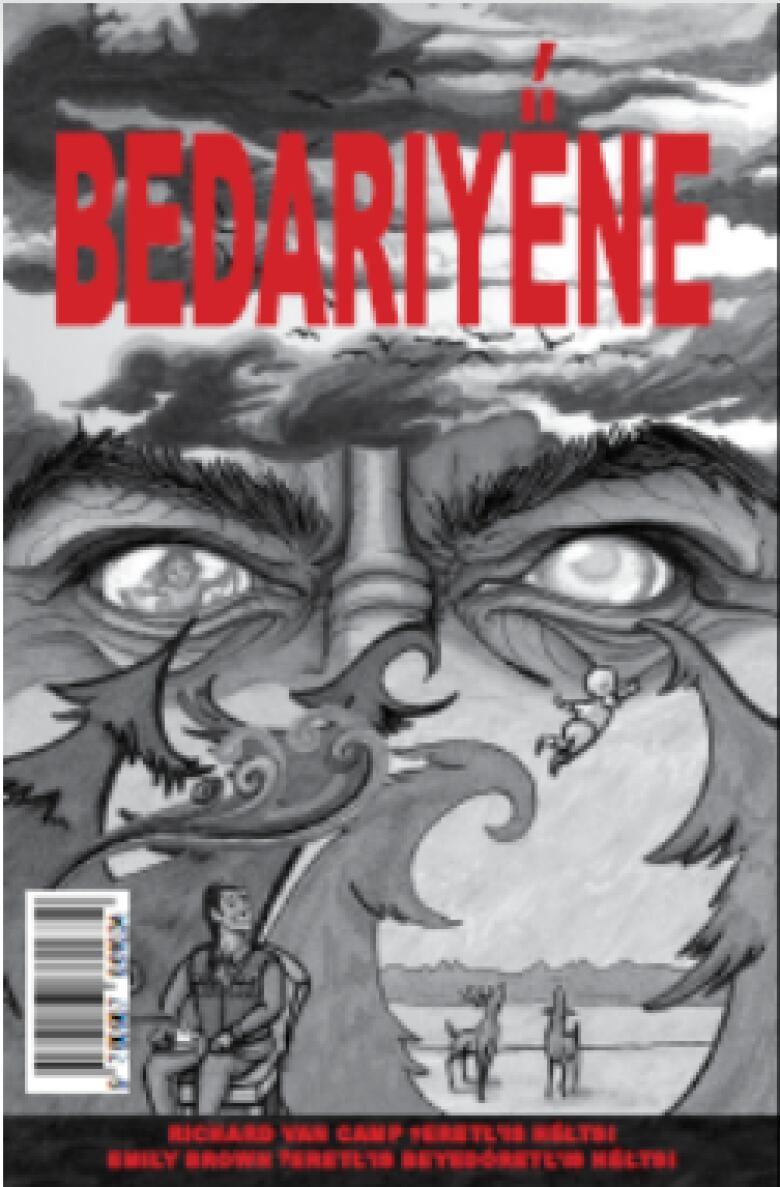N.W.T. man behind nearly 300 Indigenous language books retiring
Brent Kaulback leaves a legacy of titles published in Chipewyan, South Slavey and Cree

Ten years ago, if you wanted to read to your grandkids in Cree or use a storybook to teach Dnesin to your Grade 3 students, options were fairly limited.
A decade on, there are dozens of titles to choose from, all featuring northern imagery and written with a northern audience in mind.
This publishing bonanza is due, in no small part, to the work of Brent Kaulback.
The assistant superintendent with the South Slave Divisional Education Council, based in Fort Smith, N.W.T.,is retiring next week. But he leaves a legacy of nearly 300 books published in Dnesin (Chipewyan), Dene Yati (South Slavey) and Cree over the past 10 years.
"I vividly recall one of my first meetings [with the district's language instructors],"saysKaulback.
"I said, 'What are our priorities, what do we want to accomplish?' Almost every single one of themsaid, 'We want literature, we want to be the same as an English or French program in terms of books and resources we can use in our programs.'"
"We want these books to represent our culture, our people, our communities, our language, and we want them as good as any books you'd see in any store,"Kaulback recalls them saying.
A northern perspective
The ink hit the page in 2005, after a series of writingworkshops with the language instructors.
"The first thing to do was to generate stories," remembers Kaulback, who took a leading role in the district's foray into publishing.
"Some were traditional stories, though most were stories generated from our discussions stories we thought would have a high appeal, with illustrations and pictures from a northern perspective."

From the start, Kaulback was involved in every link in the publishing chain, from developing story ideas to layout no small task when each book was published in three or more languages, each requiring its own layout.
"I found it a great amount of fun.I probably wouldn't be doing it if it wasn't fun," says Kaulback.
The books seemed to fly off the press, sometimes more than 10 titles a year.
Kaulback puts the number of books his district has published over the past decade at 293. But when you add translations into languageslike Tlicho, Gwich'in or other Indigenous languages from B.C. to Ontario, the number stretches well into three or four hundred, he says.
Preserving stories
The intention behind the publication blitz was never to replace the rich oral traditions of each language, says Kaulback.
"If anything, it's to augment that But at the same time, this preserves those stories in the case that they would not be passed down."
To this end, his team worked with many different authors, says Kaulback.

Sometimes, the process involved extensive consultation with communities, as with the three dictionaries the school district published.
"They were massive projects that took years to do, dozens of meetings with the elders in the community," says Kaulback of his proudest achievement.
"I know the dictionaries are being used, and they're really helping as a foundation for language revival in our communities."
To advance the educational potential of the books, many of them are now available on storybook apps created for iPad and iPhone, often with accompanying audio files.
A history in the North
Kaulback's role as an erstwhile publishing magnateis only one chapter in his long northern career. He cameNorth from Toronto in 1976 to work as a teacher at Bompass Hall in Fort Simpson, N.W.T.
Over the next 12 years he worked in Nunavut'sBaker Lake andIqaluit, and the Katl'odehche First NationReserve in Hay River, N.W.T., where he became principal of Chief Sunrise Education Centre.
He moved back south in 1986, only to return to Hay River a decade and a half later.

"What was planned to be a year or two up here again, turned out to be 16 years. So it will be good to rejoin family and get to know my grandkids better than I do."
Kaulback hasagreed to helppublish eight books, currently under development, even after his retirement. And he hopes to continue working in Indigenous language publishingwith the South Slave school district as well aswithother communities and school districts across the country.
"It's something that's in my blood now."
with files from Loren McGinnis












_(720p).jpg)


 OFFICIAL HD MUSIC VIDEO.jpg)
.jpg)



























































































